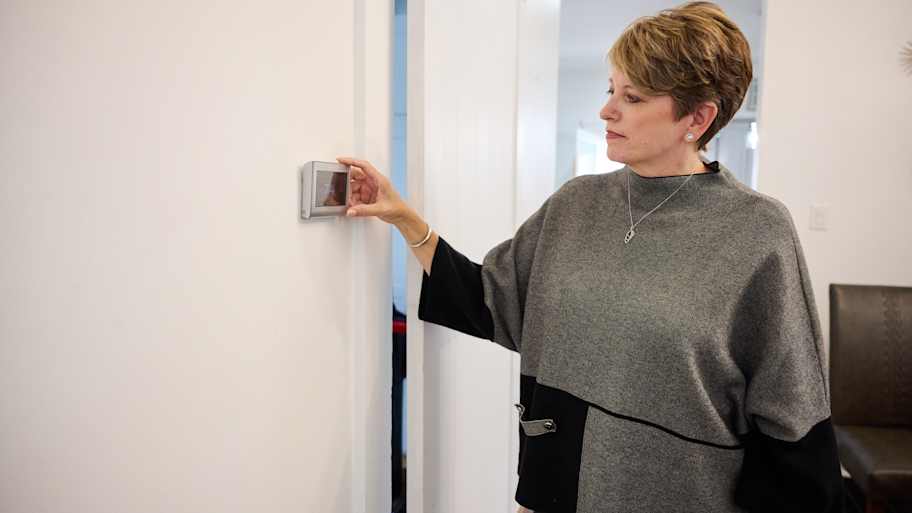How Does a Light Switch Work? A Complete Guide
Let’s demystify the common light switch


For something we use multiple times every day, a light switch can seem like a mystery to homeowners who don’t know much about wiring. So, how does a light switch work? What wiring do you need when replacing one? Are there different light switch designs?
We have good news: Light switches aren’t that complicated, and many switch projects are easier once you have background knowledge of these features. Here’s what you need to know about light switches and how they power your home.
How Light Switches Work

The traditional light switch panel with a single switch controls the electrical current running through the wiring in your home. When the switch is off, the 120V AC current in your wiring doesn’t pass through the light box (which houses the bulb and LED). When the switch is turned on, it opens up a new pathway for the current to travel into the switch, pass through the light box to light it, and then return to the switch to complete its circuit. All light switches work via this basic process.
With the basics covered, let’s look at the two common wiring setups that light switches use and how they differ.
Power-Through Switches
In power-through designs, the hot wire connects to the switch, and another hot wire exits the switch and connects to the light box.
The neutral wire then exits the light box and returns to the neutral wire by the switch. If necessary, these two neutral wires are spliced together.
When the switch is turned on, the current passes through the switch via the other attached wire, powers the light, and returns.
When the switch is off, power doesn’t connect to the second live terminal, and electricity doesn’t make it to the light box.
End-Line Switches
An end-line design routes wires through the light box and its fixture first.
The neutral wire connects to the light box, while the hot wire continues into the light switch.
A second neutral wire exits the switch and connects to the light box.
When the switch is turned on, the current passes through the light box first, continues through the switch, and returns to the light box to complete the circuit.
In these cases, the neutral wire becomes a hot wire when the switch is on and is usually marked accordingly for safety.
Parts of a Light Switch
It’s important to understand the internal parts that make a light switch run. If you unscrew the light switch faceplate and remove the receptacle, you'll likely see three different wire types screwed into available terminals. In modern homes, all three wires run through walls inside a single, white sheathed cable and only split apart near the light switch. Here are some essential parts to know:
“Hot” or live wires: These wires, usually black and insulated, carry live current from the home’s electrical line. They’re also called feed wires. When the light switch is turned on, they supply electricity to the light box.
Neutral wires: These wires, usually white and insulated, help complete the circuit, channeling electrical current away from the light box and back into the electrical system after it has powered the filament, LED, electrodes, and more.
Ground wire: Ground wires are uninsulated copper wires with a special attachment on the light switch receptacle. They act as an emergency failsafe to channel electrical current down into the ground, avoiding the chance of electrocution when something goes wrong.
Types of Light Switches
In addition to wiring configuration, there are many types of light switch receptacles. They offer a range of electrical capabilities and additional features as long as the wiring can support them. In addition to the traditional single switch described above, homes can have:
Single-pole and double-pole switches: A single-pole switch has one light switch, and a double-pole switch has two light switches, meaning there are twice the number of terminals to connect.
Three-way (and four-way) light switches: Three-way light switches allow multiple switches to control the same light. These switches use an extra wire, typically marked red, that interconnects the three-way switches.
Dimming light switches: A dimming switch is a special type that can control the brightness of compatible lights with a slider. They use hardware that dampens the electrical waves by enforcing a different switching cycle.
Smart light switches: Smart light switches use extra hardware to connect to Wi-Fi networks or nearby wireless hubs. Users can track the energy used in connected lights, set schedules, or turn lights on from a distance with smartphone apps.
Motion-detector light switches: These switches automate the on/off process with a motion detector that turns the lights on when there’s nearby movement and shuts the switch off afterward.
Tips for Maintaining Your Light Switches

Once properly wired and installed, light switches are easy to take care of. Follow these tips to keep them in top working order:
Clean your light switches regularly to remove grime buildup. Do not use chemical sprays on the switches themselves. Instead, rub them with a cloth dampened with a light disinfectant.
Watch for signs of a serious problem, like a light switch that feels hot to the touch. This can be a sign of mismatched switches to the wrong amperage or faulty wiring that could create an electrical fire.
If a light switch gives you small shocks, it could be a sign of an old switch that needs to be replaced or rewired.
Turn your lights off when you leave a room to save on wear and tear. To make this process even easier, automate it with specialized switches.
Cost to Repair or Replace a Light Switch
Light switches are fairly affordable to install, similar to power outlets. The average price of installing a new light switch is about $150. Replacing or fixing an existing switch tends to fall into a lower range between $50 and $100, depending on the type of work and number of switches.
DIY vs. Hiring a Pro
While it’s possible to replace or fix a light switch as a DIY project, we don’t recommend it for homeowners without electrical experience. If you’re worried about the electrical risks or don’t have any experience in wiring, hire a professional electrician near you to tackle the task.
Frequently Asked Questions
You can install outlets wherever it is most convenient in your home, although electricians may have suggestions based on your current lighting situation. Typical residential construction places light switches between 48 and 52 inches above the floor (from the center of the light switch) for the easiest access, so that’s a good starting place.
Smart light switches are designed to work with traditional switch wiring, so they should work within your home. However, you will need a Wi-Fi connection to use them properly. Older models may use different connection standards like ZigBee, which must be supported to control them.
Yes, wires are still hot, even if the light switch is off. The only way to ensure the wire is no longer live and that you can work with it safely is to open your circuit breaker, locate the breaker for the outlet you’re working with, and turn off the breaker for that outlet.
Wiring or installing a light the wrong way can lead to potentially dangerous scenarios, including shock and even electrical fires. If you’re the least bit uncertain whether you’ve wired something correctly, the best and safest approach is to call in a professional electrician to handle the installation for you.

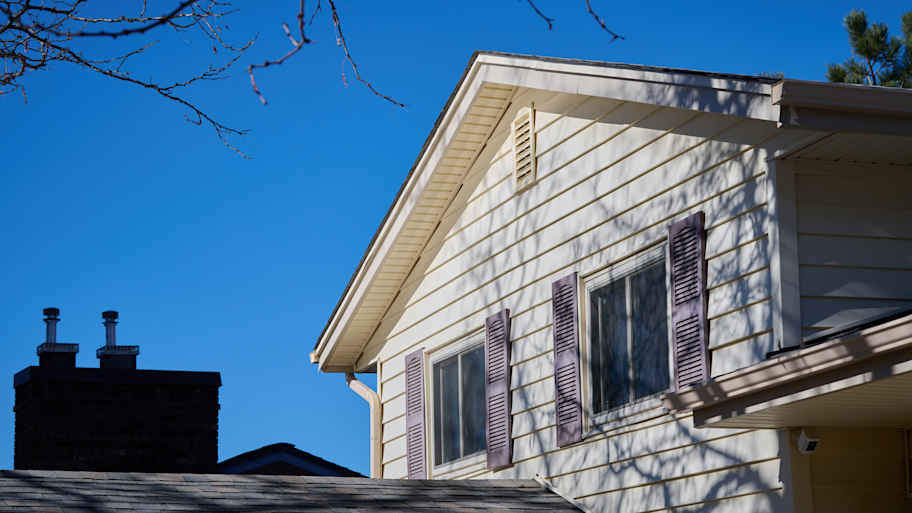
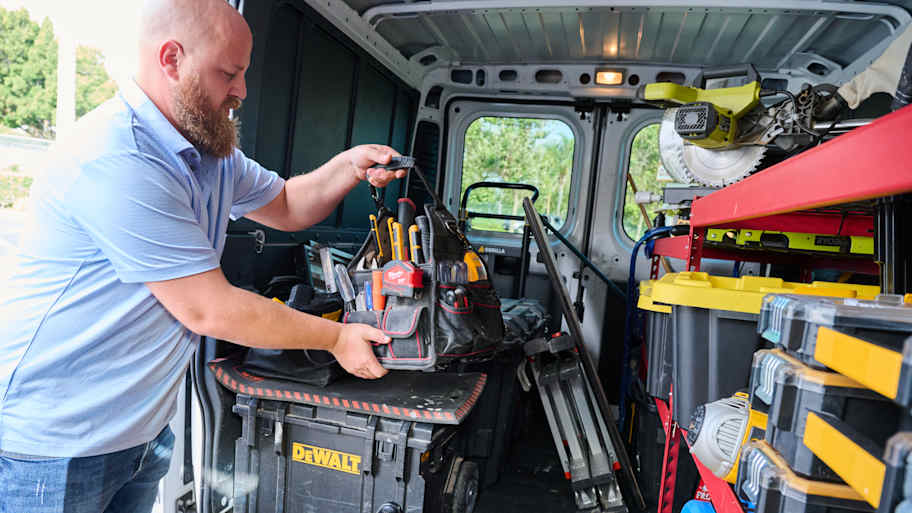
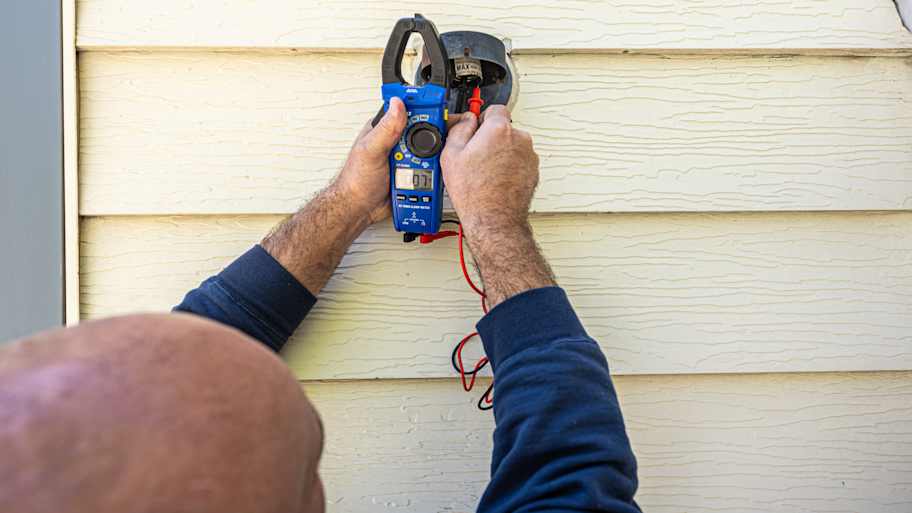
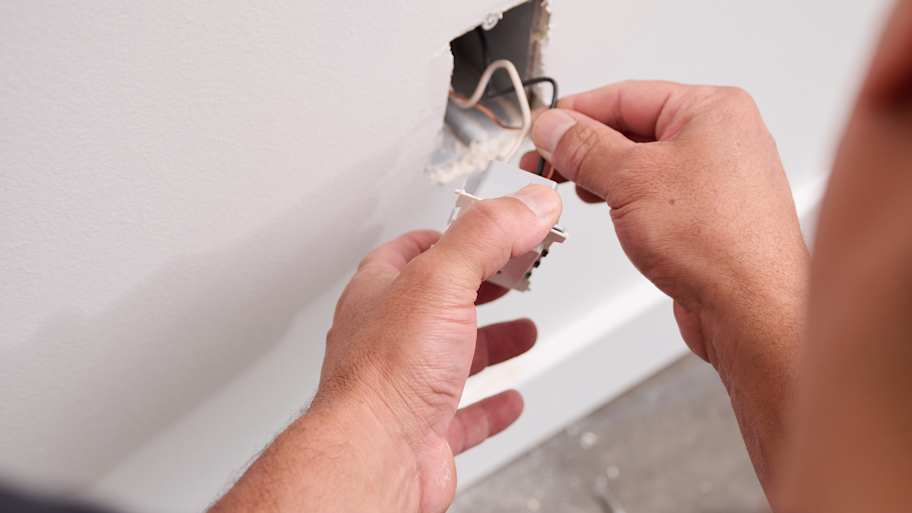
- Home Generator Repair
- Lamp Repair
- Electric Repair
- Generator Installation
- TV Antenna Services
- Emergency Electricians
- Commercial Electricians
- Attic Fan Installation
- Attic Fan Repair
- Exhaust Fan Installation
- Electric Inspectors
- Subcontractors
- Electrical Construction
- EV Charger Installer
- Chandelier Installation
- Doorbell Installation
- Bathroom Fan Installation
- Ring Installers
- Electrical Panel Upgrade



